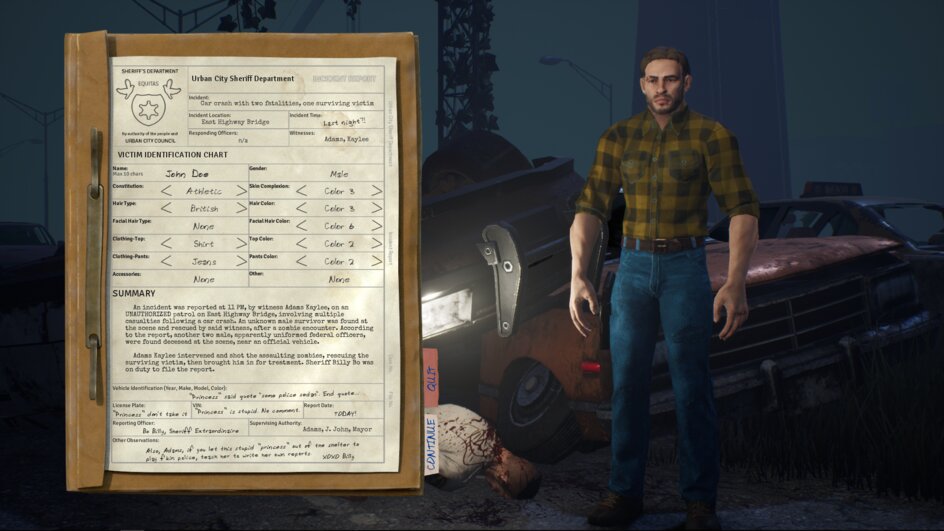

Wenn ich werde dahin kommen, bin ich aller Krankheit los und der Traurigkeit entnommen, ruhe sanft in Gottes Schoss. Welt, bei dir ist Krieg und Streit, nichts denn lauter Eitelkeit, in dem Himmel allezeit Friede, Ruh und Seligkeit.Ģ. Welt ade, ich bin dein muede, ich will nach dem Himmel zu da wird sein der rechte Friede und die stolze Seelenruh. In spite of all the hard times she faced in life, Elizabeth remained a woman with a strong faith in God, a resilient in spirit, and compassion for those who were poor and suffering. They made it back to farm at Hague, and Abram returned to blacksmithing and even tried his hand at dentistry. The local city police and community members took them in, clothed and fed them, and helped them on their way. They were found starving in Edmonton, trying to make it back to Saskatchewan. In 1933, the Fehrs moved to Alberta looking for work, they only experienced many hardships there. Elizabeth and Abram had a small farm, and Abram worked as a blacksmith. It is there that she met her future husband Abram C. When she was about 12-13 years of age she moved with her parents to the Mennonite village of Neuanlage, south of Hague. Elizabeth was born in Edenburg in 1905 and attended the Mennonite German school there. They homesteaded in the Old Colony Mennonite village of Edenburg, Saskatchewan near Aberdeen. The Bueckerts emigrated from Russia to Canada in 1899. A true matriarch, Maria died surrounded by her large family in 2002 at the age of 96. She was known as Grandma wherever she went. She frequently visited to the ill and was a volunteer in women’s groups. Maria was devoted to her family and was active in her community as a blanket maker. Two years later, Maria married Bernhard Buhler and four children followed. They sailed from Southampton to Quebec City, and then travelled by train to Osler, Saskatchewan.Īssigned as a farm labourer, Maria married her bachelor boss, Cornelius Driedger in 1927, and together they had three sons Cornelius died in 1939. In 1925, Maria and her brother, Jacob joined them. Compounding that, the children had to witness all of their life’s possessions auctioned off.įleeing political tyranny, 20,000 Mennonites immigrated to Canada from Russia in the 1920s. Orphaned and devastated, she and her siblings were adopted by grandparents. In 1918, Maria lost her sister and mother to tuberculosis, and her father to influenza. The anarchist, Nestor Makhnov, terrorized their village and many others. Life was good, but the 1917 Revolution and disease changed all that. Maria was born in 1907, one of six children, in the Mennonite farming village of Grigorjewka, in South Russia. This king-size quilt is comprised of only cotton materials.

While there is order in placement of light and dark fabrics, there is a random placement of the scraps themselves - hence it is called a scrappy quilt design. The log cabin squares are arranged in a barn-raising style. This design dates back to a time when completed quilt tops were hand-stitched by women to welcome a new family into the Mennonite community.Įach central red square represents the heath, and every narrow strip a log. Her Log Cabin pattern was hand-quilted on a hoop frame using more than 220 different fabrics. This quilt was created by Alma Elias, a member of a quilting group known as Piecemakers for Peace. An exceptional quilt can fetch up to $10,000. While quilts were initially utilitarian in nature, today they are seen as pieces of art. They were given as special gifts to family members, especially when a daughter married. Quilts carry layers of meaning in the patterns that are used. Beginning as functional items in a home, they have become expressions of creativity and art. Quilts have always been an integral part of Mennonite life. Canada's Role in the International Community.Replica Rooms: Office of the Prime Minister and Privy Council Chamber.Diefenbaker Historic Sites Across Canada.The Life and Political Career of John G.


 0 kommentar(er)
0 kommentar(er)
